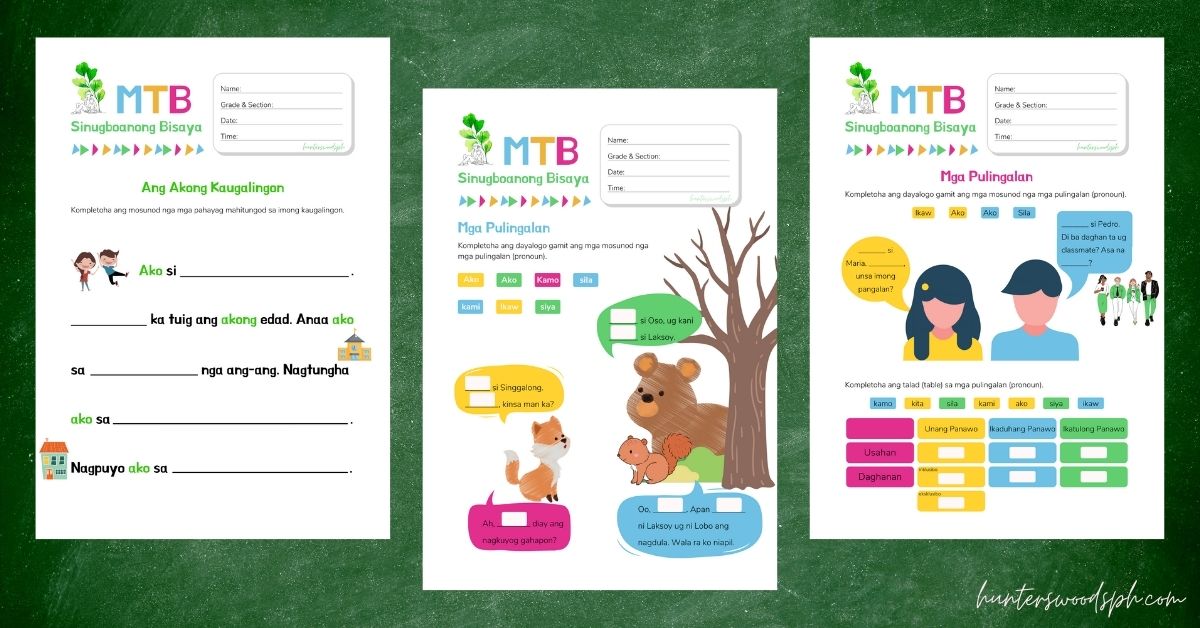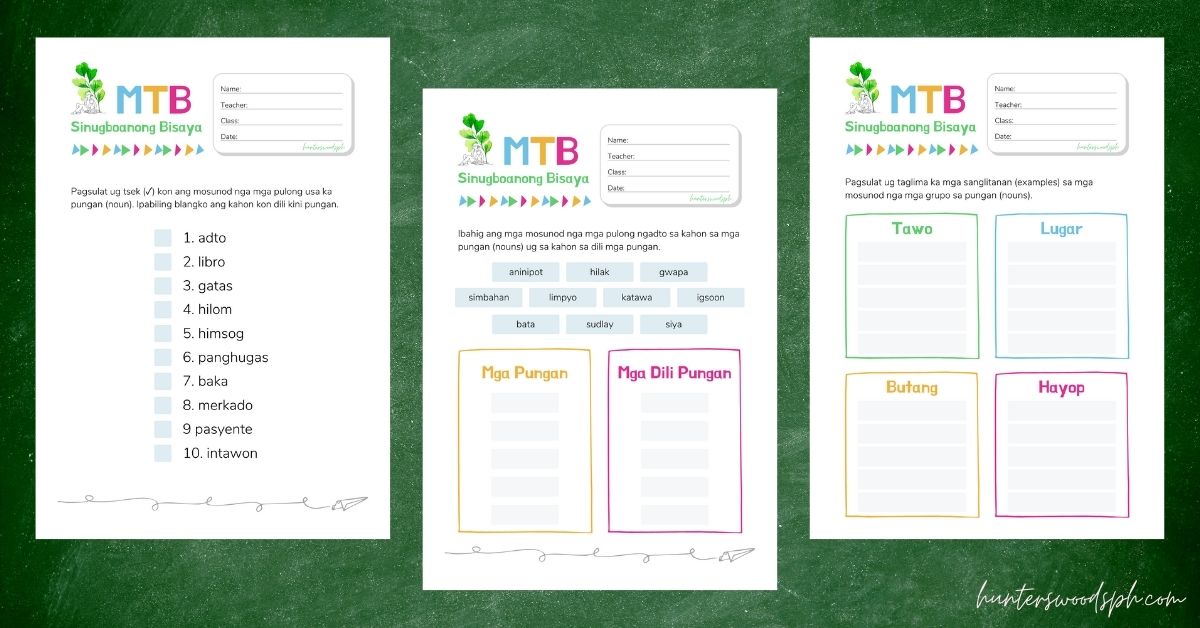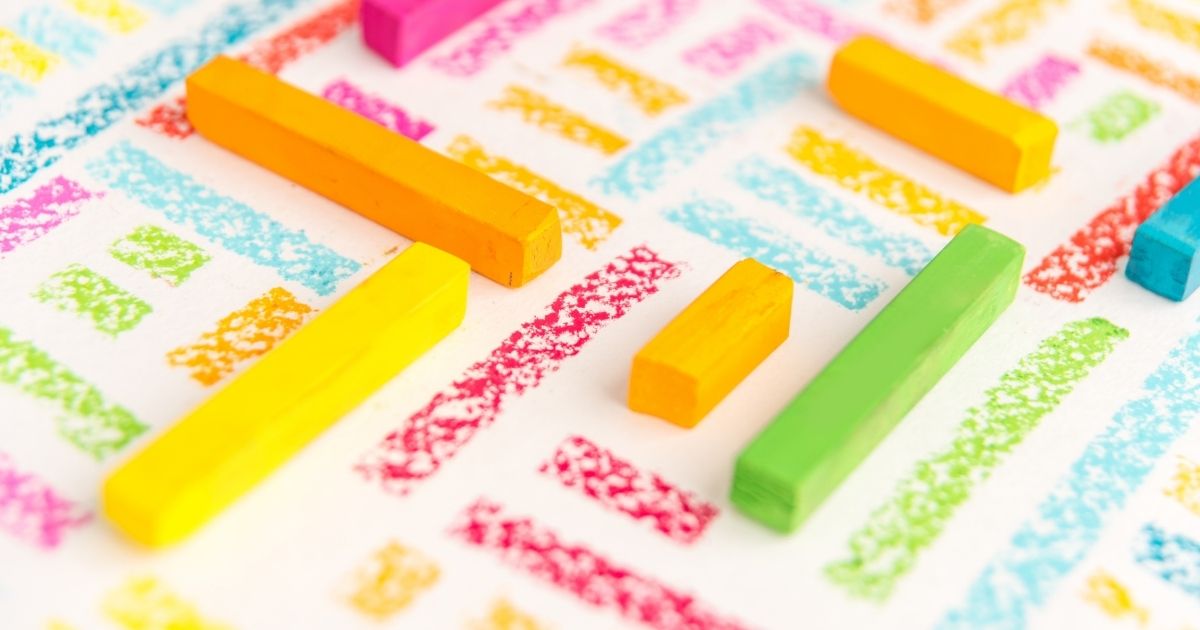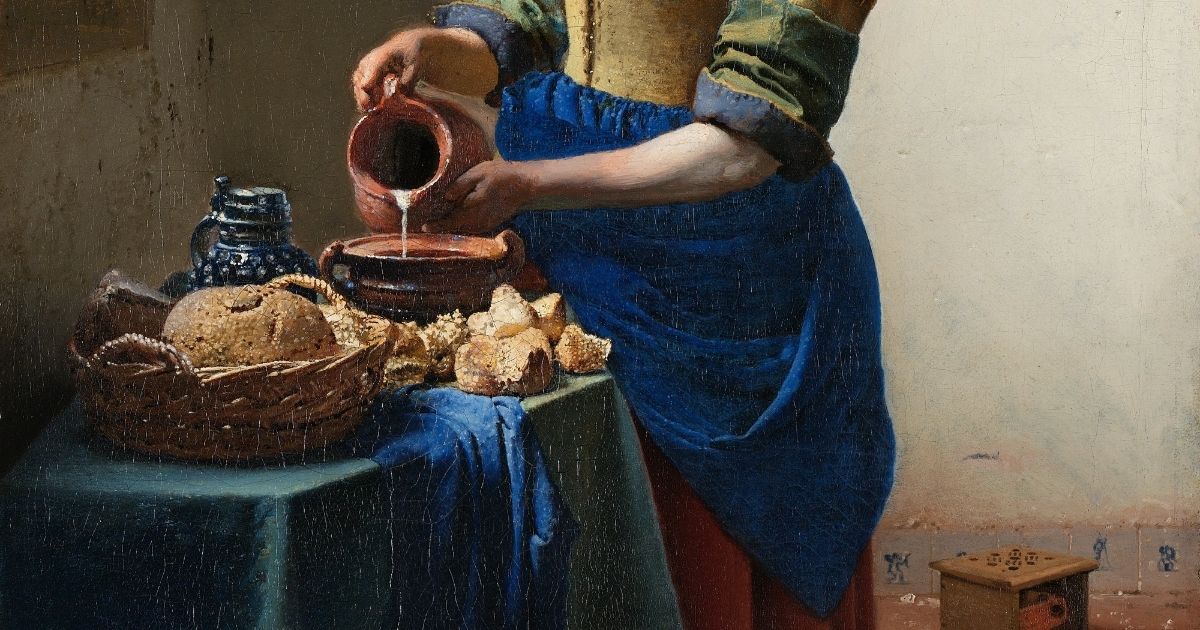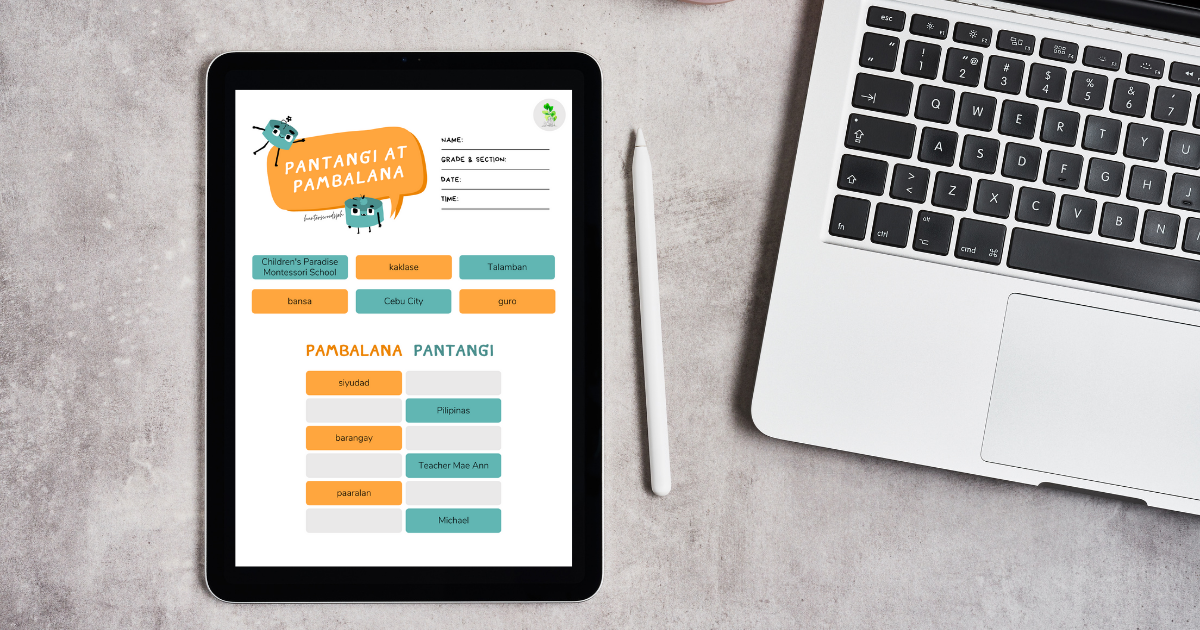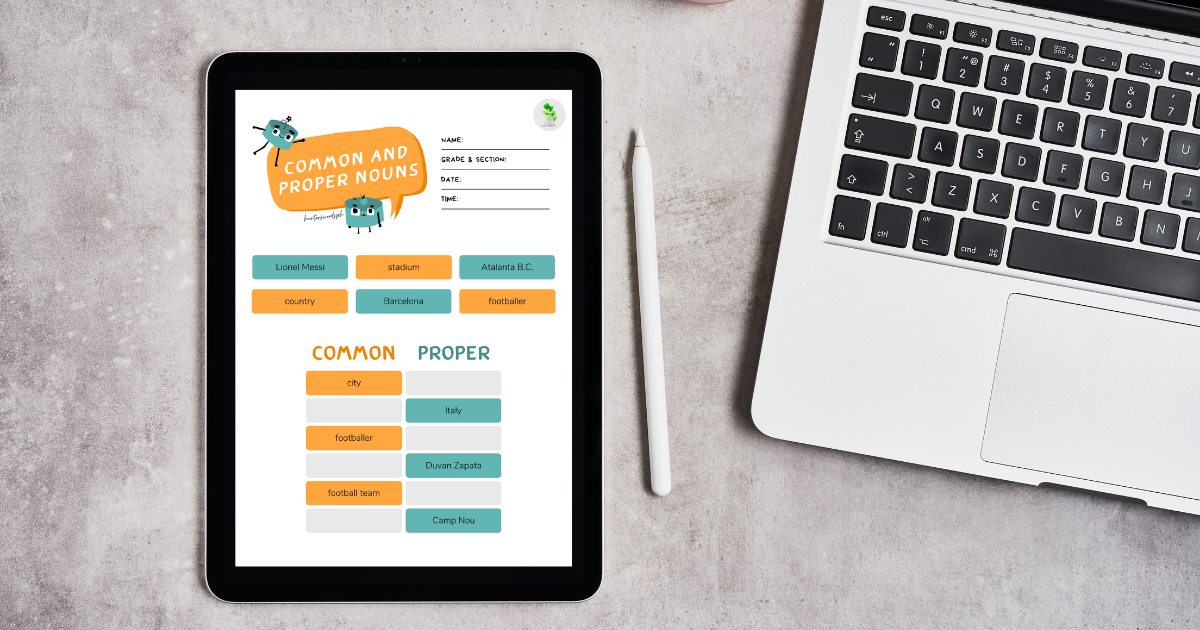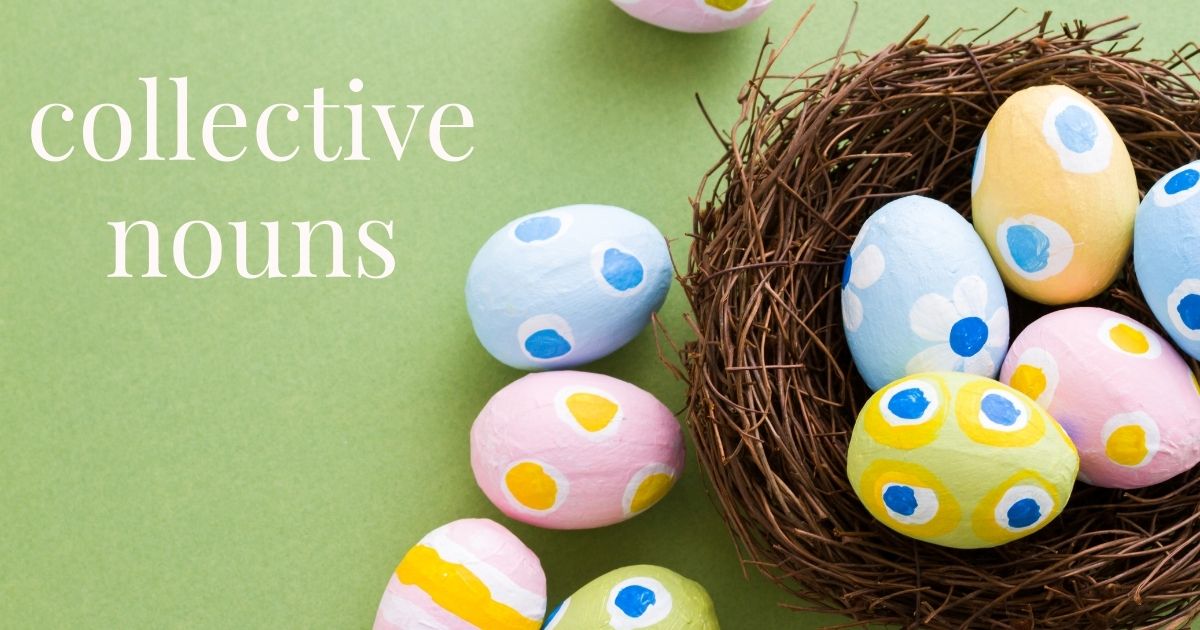Introduction to pulingalan (pronouns) and three worksheets to help master Sinugboanong Bisaya personal pronouns. Includes pulingalan Bisaya to Tagalog/English.
Category: Montessori Education
Everything related to Montessori education, both worldwide and in the Philippines
Mga Salitang Pareho ang Baybay Ngunit Iba ang Bigkas at Kahulugan: Filipino Lesson and Worksheet
An example list and worksheet of mga salitang pareho ang baybay ngunit iba ang bigkas at kahulugan (Filipino words that have the same spelling but different pronunciation and meaning).
Mga Pungan: Pag-ila ug Paghimo ug Sanglitanan (MTB Sinugboanong Bisaya)
Nouns are called pungan in Sinugboanong Bisaya. Identify nouns from non-nouns and give examples (paghimo ug mga sanglitanan) for each group of nouns.
Montessori Geometry: Positions of a Single Line and Relationships Between Two Lines (Lesson and Quiz)
Learn about the positions of a single line (horizontal, vertical, and oblique) and relationships between two lines (parallel, intersecting, convergent, divergent, oblique, and perpendicular) as inspired by the Montessori geometry curriculum.
Montessori Art Appreciation: Famous Paintings Every Kid Should Know
These are some of the world’s most famous and most beloved paintings that kids (and adults!) should know. Can you name all of them?
Montessori Filipino Lesson and Worksheet: Pantangi at Pambalana
A quick definition of mga pangngalang pantangi at pambalana (proper and common nouns) and two interactive worksheets (sorting and giving examples) to help you master this Filipino lesson.
Common and Proper Nouns (Montessori English Language Lesson and Worksheet)
A quick definition of common and proper nouns and two interactive worksheets (sorting and giving examples) to help you master this English language lesson.
A Checklist of Montessori Math Materials to Get a Preschool Child Age 2-6 (2021)
A quick list of the officially recommended Montessori Math materials for early childhood (preschool age 2-6) — and where to get them if you’re based in the Philippines.
MTB Mga Kanta nga Binisaya: Ako Si Takuri (Quiz)
Build your Bisaya vocabulary and your knowledge of the MTB Sinugboanong Bisaya parts of speech in this fun quiz based on the song “Ako si Takuri.”
Collective Nouns (Montessori English Language Lesson and Worksheet)
An unkindness of ravens, a blessing of unicorns. Can you guess the other terms used to refer to a group of animals? Live and learn in this fun lesson on collective nouns.

